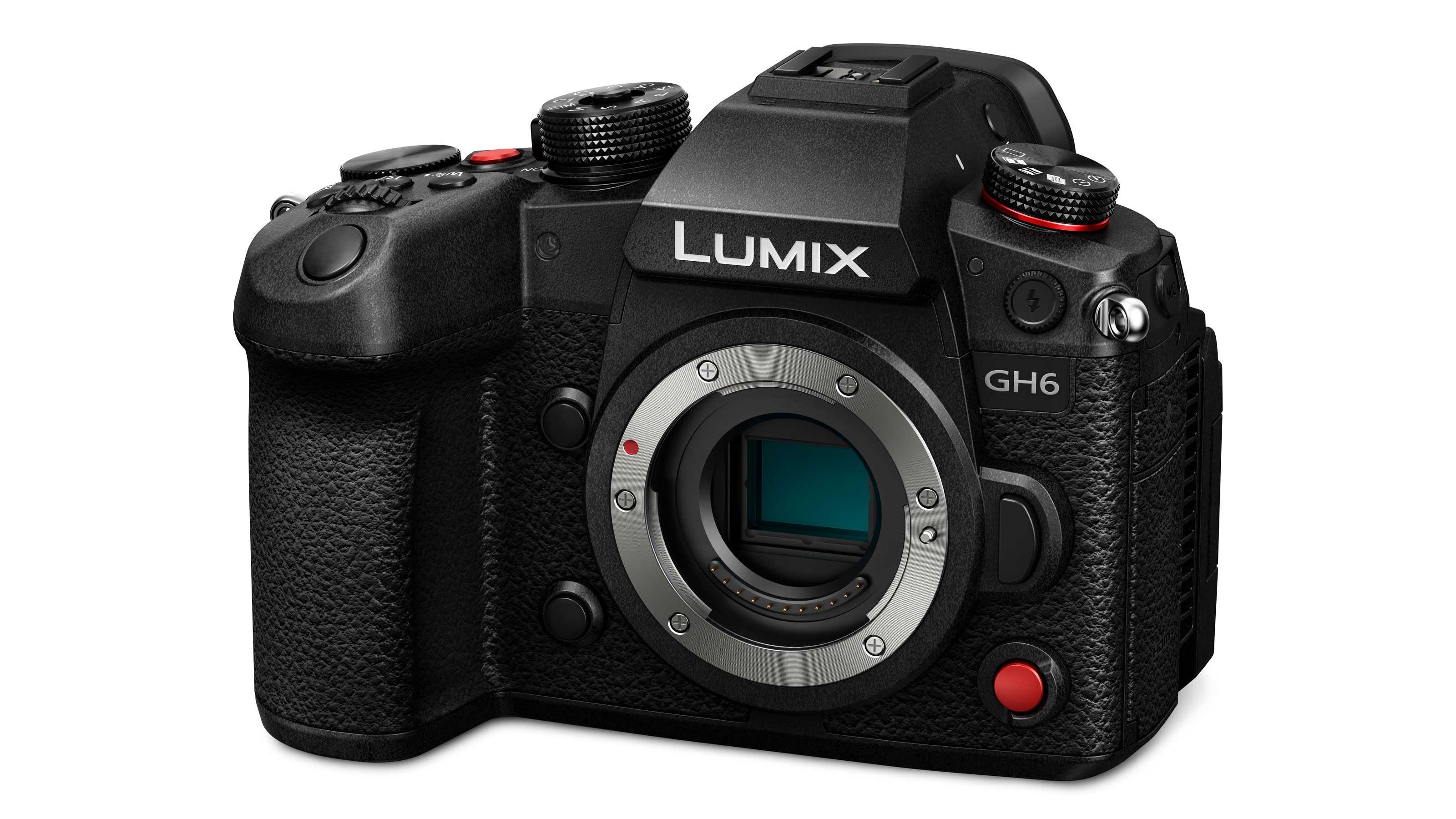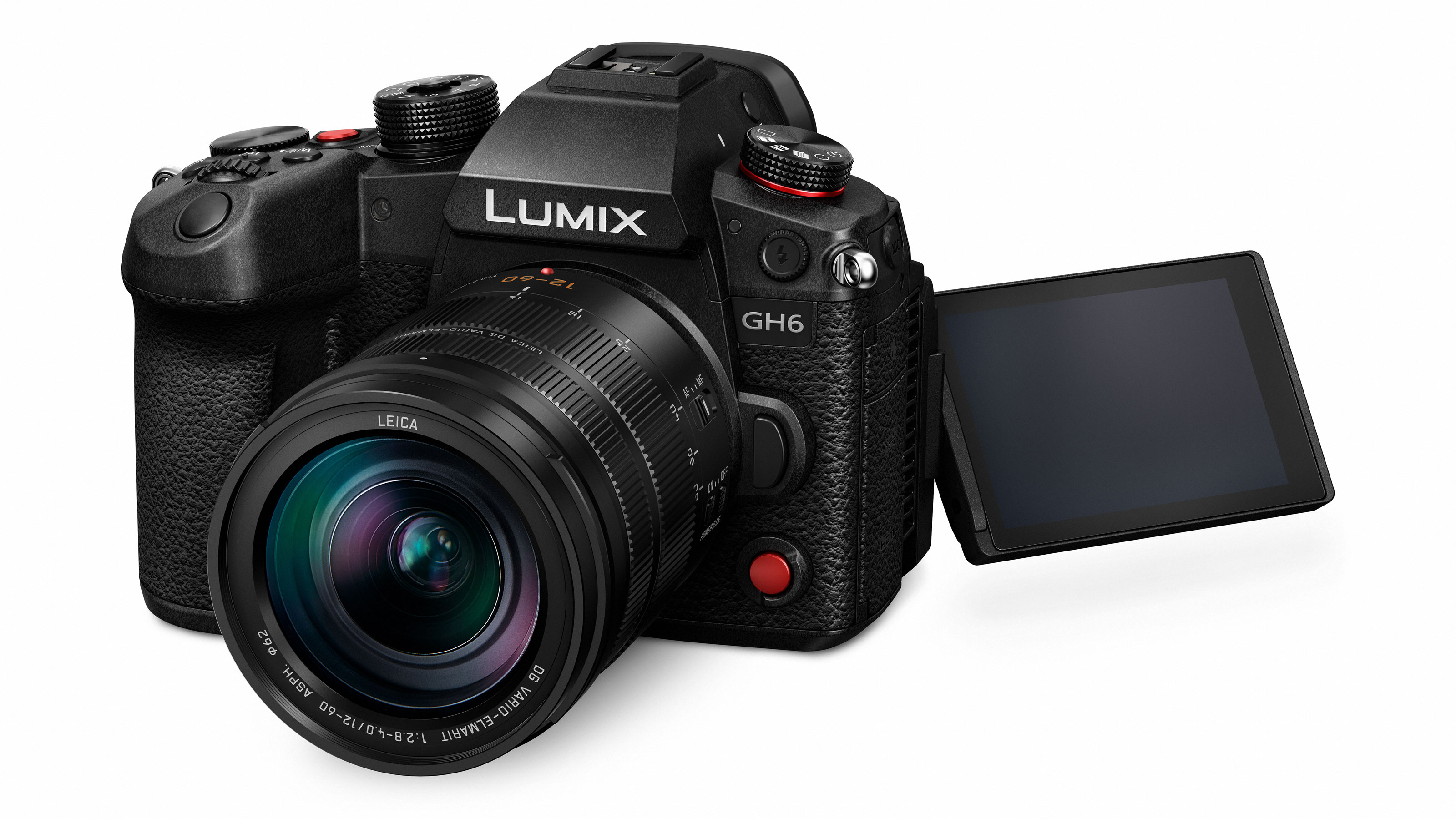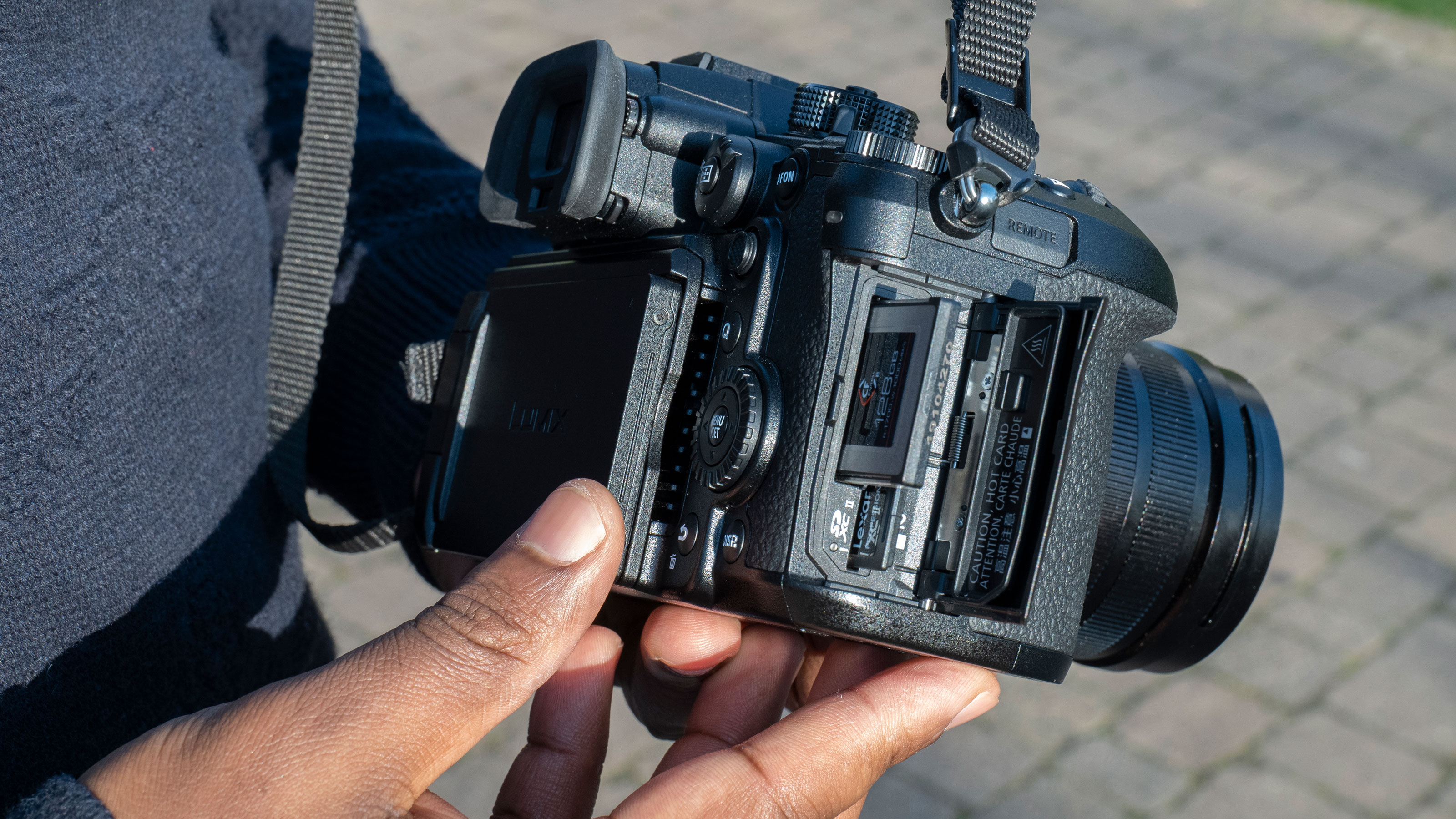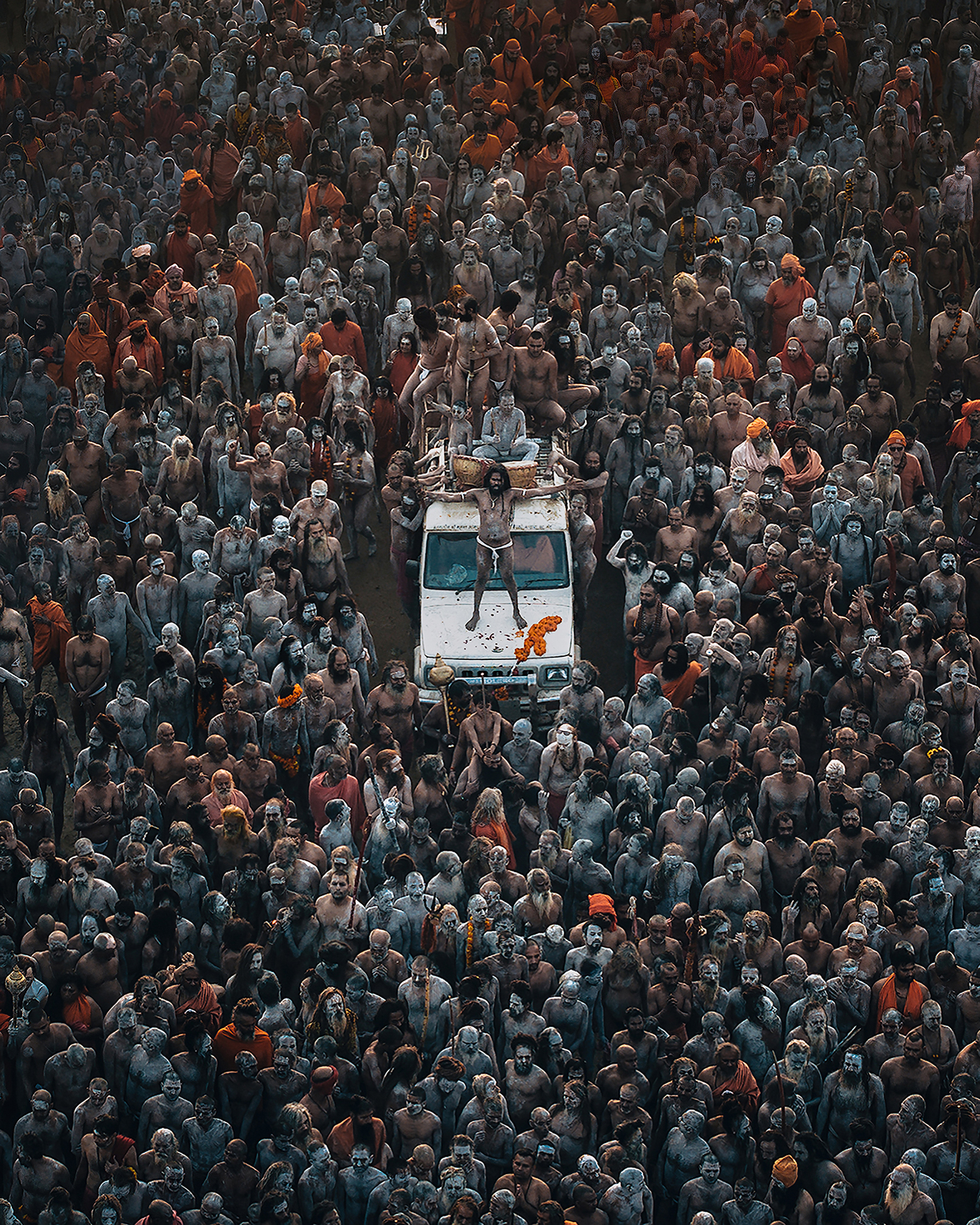Panasonic Lumix GH6 vs GH5 II: specs and features compared
The Panasonic Lumix GH6 and GH5 II share some technology and appeal to similar users, but have significant differences
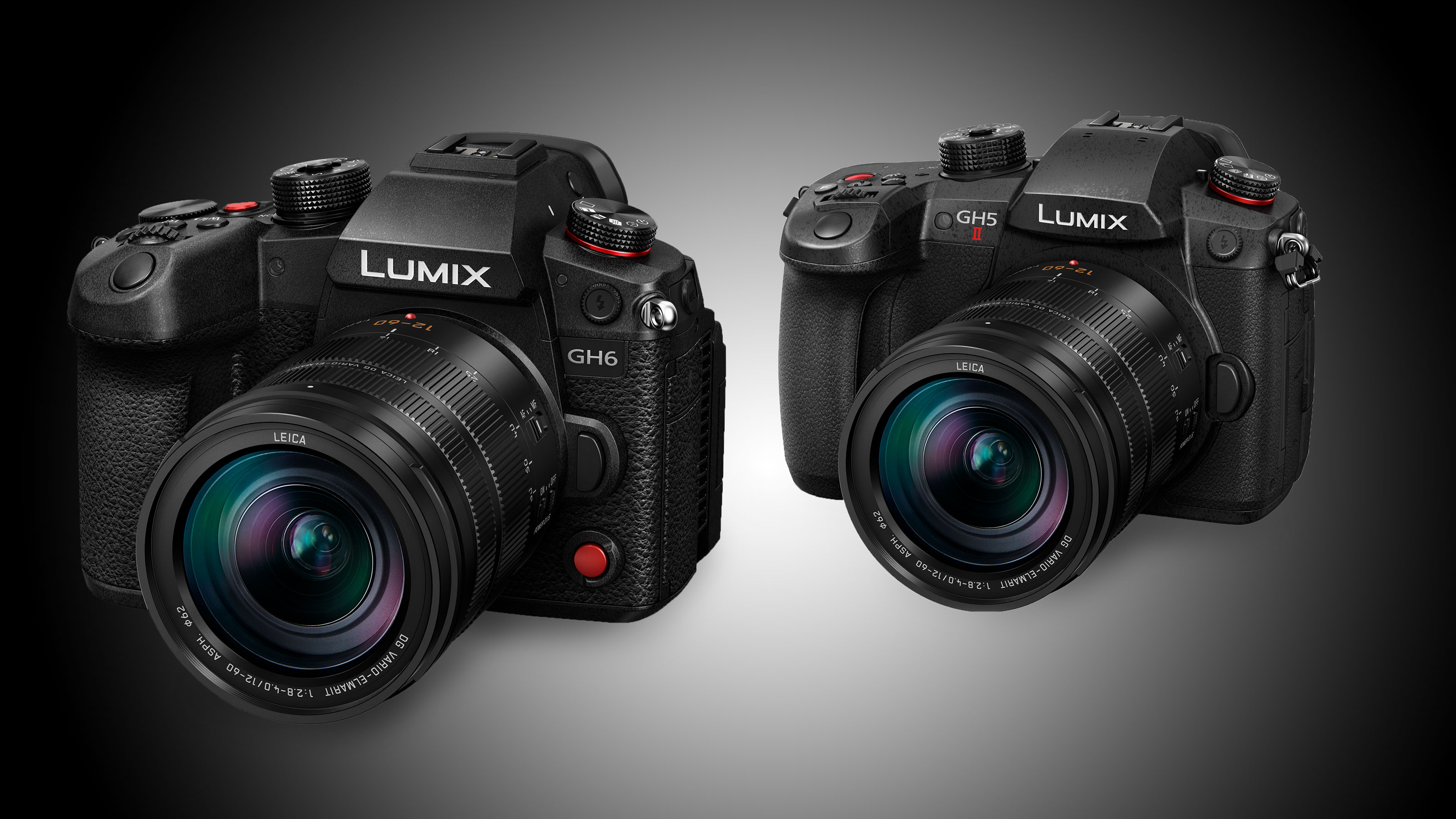
When Panasonic announced the Lumix GH5 Mark II in May 2021, it said that it was splitting the GH line of video-centric Micro Four Thirds cameras in two and that the GH6 would exist alongside it with the GH6 sitting at the top of the range.
However, we only got to learn the full specification of the Panasonic GH6 in February this year, so lots of videographer and content creators have been holding off on making a purchase until they have a clearer idea of what’s available.
Now, at last, we’re able to compare the Panasonic GH6 with the GH5 II, highlighting the key differences, to help with that buying decision. You might also want to read our Lumix GH6 filmmaker's review.
Of course, the Lumix S models are a factor in these decisions too. See our Panasonic Lumix GH5 II vs Lumix S5 article to get an idea of the differences.
1. Sensor
• Panasonic Lumix GH6: 25.21Mp Four Thirds type Live MOS
• Panasonic Lumix GH5 II: 20.3 Mp Four Thirds type Live MOS
What the specifications don’t reveal here is that the 20.3MP Live MOS sensor in the GH5 II is actually the same as the one in the original GH5, which was launched in March 2017. It gained an anti-reflection coating and is paired with a newer processing engine, but the structure was 4 years old at launch.
The GH6’s 25.2Mp sensor, however, is brand new and is the highest-resolution sensor currently available in a Micro Four Thirds camera. It also has a fast readout to minimise rolling shutter and doesn’t feature a low-pass filter.
Panasonic also paired the GH6’s sensor with a new Venus Engine processor that is said to have twice the speed of the previous incarnation.
2. ISO range
• Panasonic Lumix GH6: Stills ISO 100-25,600 plus ISO 50 (extended), Video ISO 100-12,800 plus ISO 50 (extended)
• Panasonic Lumix GH5 II: Stills ISO 200-25,600 plus ISO 100 (extended), Video: ISO 200-12,800 plus ISO 100 (extended)
Again, there’s a little more between the two cameras than the basic specifications suggest. The GH6 has dual native ISO or dual output gain. This enables the camera to read two different outputs from each sensor and then combine them to deliver images and video with more detail in the shadows and highlights.
This works automatically when shooting stills with the sensitivity set to ISO 800 or higher and it’s activated by turning on the Dynamic Range Boost option for video.
3. Video
• Panasonic Lumix GH6: Up to 5.7K 30p in ProRes 422 HQ and ProRes 422
• Panasonic Lumix GH5 II: Up to C4K (4096x2160) at 60p, 200Mbps 4:2:0 10-bit LongGOP
While both cameras are capable of capturing very good quality stills, they are primarily designed for shooting video and they both have an extensive range of video features and modes.
The headline specifications for the GH5 II is its ability to record C4K (4096x2160) at 60p in 4:2:0 10-bit or 4K (3840x2160) at 30p in 4:2:2 10-bit with a bitrate of 400Mbps. However, the GH6 can record 5.8K (5760x4320) video at 29.97p, 200Mbps 4:2:0 10-bit or C4K (4096x2160) at 60p in 4:2:2 10-bit.
Of the two cameras, only the GH6 can record in the Apple ProRes 422 and Apple ProRes 422 HQ format. At launch this is limited to 5.7K 30p but it will be extended to other resolutions and frame rates with a firmware update. It will also gain the ability to record Apple ProRes RAW to a Atomos Ninja V via its full-size HDMI port with a future firmware update.
While the GH5 II has the V-Log L profile pre-installed, the GH6 has the V-Log profile which enables an even wider dynamic range.
Both cameras have unlimited video recording. With the GH6, this is in part thanks to the inclusion of a fan that has outlets around the sides of the screen on the back of the camera.
4. Autofocus
• Panasonic Lumix GH6: Contrast detection with DFD, sensitive to -4 to 18EV
• Panasonic Lumix GH5 II: Contrast detection with DFD, sensitive to -4 to 18EV
While both cameras have a contrast detection autofocus system that is sensitive down to -4EV, according to Panasonic, the DFD (Depth from Defocus) technology in the GH6 has been updated and is 3x faster than in previous cameras.
There’s also a new Focus Limiter feature which works a bit like the limiters that are sometimes found on telephoto and macro lenses. It’s accessed via the camera menu to restrict the range within which the camera will focus the lens and it could be handy for interviews and other scenarios where the AF system might otherwise get distracted by something in the background.
5. Screen
• Panasonic Lumix GH6: 3-inch 1.84million-dot tilt & free-angle touchscreen
• Panasonic Lumix GH5 II: 3-inch 1.84million-dot free-angle touchscreen
While the Panasonic GH5 II has a vari-angle touchscreen, the GH6 has a tilt and vari-angle screen. The tilt mechanism enables the whole variable unit to be tilted up from the camera body then flipped out to the side and rotated up or down or flipped to face forwards without catching on any cables that may be connected to the ports on the side of the camera.
6. Storage
• Panasonic Lumix GH6: Dual slots, 1 CFexpress, 1 UHS-II SD
• Panasonic Lumix GH5 II: Dual UHS-II SD card slots
In a first for a Micro Four Thirds camera, the GH6 has a CFexpress Type B card alongside a UHS-II compliant SD card slot. The CFexpress card is required for recording Apple ProRes 422 and Apple ProRes 422 HQ and at bitrates above 600Mbps while a fast SD UHS-II card can cope with all other video with bitrates up to 600Mbps.
7. Size and weight
• Panasonic Lumix GH6: 100.3 x 138.4 x 99.6 mm (excluding protrusions), 739g with SD card and battery
• Panasonic Lumix GH5 II: 98.1x 138.5 x 87.4 mm (excluding protrusions), 727g with SD card and battery
The Panasonic GH6 and GH5 II are big cameras for their sensor size, but the GH6 is the bigger of the two largely because of the extra depth brought by the fan that helps to keep it cool. It’s also a little heavier than the GH5 II and has a die-cast magnesium alloy front and rear frame.
Both cameras are weather-sealed.
8. Stabilisation
• Panasonic Lumix GH6: 5 axis Dual IS giving up to 7.5EV shutter speed compensation
• Panasonic Lumix GH5 II: 5 axis Dual IS giving up to 6.5EV shutter speed compensation
The inclusion of a new 5-axis gyro sensor in the GH6 and a new stabilisation algorithm enables the GH6 to offer 1 stop more shutter speed compensation than the GH5 II. In addition to the physical stabilisation, the two cameras have digital stabilisation that crops the image a little but extends the range of stabilisation that’s available in video mode.
Panasonic GH6 vs GH5 II: conclusions

The Panasonic Lumix GH5 II offers an impressive array of features but it’s designed with keen content creators, YouTubers and enthusiast videographers in mind. The GH6 takes things a step further with an even greater range of video features including the ability to shoot in Apple ProRes Apple ProRes 422 and Apple ProRes 422 HQ, and with Apple ProRes RAW to come.
The GH6 lacks the GH5 II’s in-built ability to stream live via a wired or wireless connection to a router or a smartphone running the Lumix Sync app, but it can shoot in V-Log and with the Dynamic Range Boost active it can record more than 13 stops of dynamic range, making it an attractive option for filmmakers looking for a small camera or who are on a budget.
How we test cameras
Why you can trust Digital Camera World
We test mirrorless and DSLR cameras both in real-world shooting scenarios and in carefully controlled lab conditions. Our lab tests measure resolution, dynamic range and signal to noise ratio. Resolution is measured using ISO resolution charts, dynamic range is measured using DxO Analyzer test equipment and DxO Analyzer is also used for noise analysis across the camera's ISO range. We use these real-world testing and lab results to inform our comments in buying guides. For compact cameras and phones, we judge on real world handling and photographic results alone.
The best camera deals, reviews, product advice, and unmissable photography news, direct to your inbox!
Angela has been testing camera gear from all the major manufacturers since January 2004 and has been Amateur Photographer’s Technical Editor and Head of Testing for Future Publishing’s photography portfolio (Digital Camera Magazine, PhotoPlus: The Canon Magazine, N-Photo, Practical Photoshop, Photography Week and Professional Photography magazines, as well as the Digital Camera World and TechRadar websites). She is the founder of SheClicks - a community group that encourages and supports female photographers.
